I like to travel to food destinations. Sometimes, like in the Napa Valley, there’s sophisticated food, wine, and restaurants. Sometimes there is the pleasure of a strong regional food tradition – like down south. Sometimes you just want to get into the heart of a harvest, or to follow the trail of artisans, brewers, and bakers.
 We just got back from a driving trip to Nova Scotia where the food scene hits just about all the notes. Local seafood, farm fresh fruit and produce, vibrant markets, and plenty of restaurants, plus wineries, breweries, and distilleries create a food Eden. We ate well – I’ve got the waistline to prove it.
We just got back from a driving trip to Nova Scotia where the food scene hits just about all the notes. Local seafood, farm fresh fruit and produce, vibrant markets, and plenty of restaurants, plus wineries, breweries, and distilleries create a food Eden. We ate well – I’ve got the waistline to prove it.
Nova Scotia, one of Canada’s three Maritime Provinces, is practically an island, only attached to the mainland by a small isthmus, and accessed as much by ferry as road. With almost 1 million residents and about 21,000 square miles, it’s four times the size of Connecticut, with less than half the population.
 The coast seems almost infinite, with rugged granite cliffs, stony beaches, small picturesque harbors, and large deep water havens. The roads are lined with yellow, purple and white drifts of ragweed, loosestrife, and Queen Ann’s lace. Rolling farmland, steep mountains, fertile valleys, and dense forest pass by in turn.
The coast seems almost infinite, with rugged granite cliffs, stony beaches, small picturesque harbors, and large deep water havens. The roads are lined with yellow, purple and white drifts of ragweed, loosestrife, and Queen Ann’s lace. Rolling farmland, steep mountains, fertile valleys, and dense forest pass by in turn.
On the Bay of Fundy, thirty foot tides of cold Atlantic water flood in and out twice a day. Further along on the Northumberland coast the water is warmer, the beaches are sandy, and you can see Prince Edward Island on the horizon. Even further up, Cape Breton Island (truly an island even though you can drive there) has picture perfect dairy farms plus oysters, mussels, and lobsters – all this and the spectacular Cabot Trail, a coastal drive that rivals California’s
Pacific Coast Highway.
The ferry from St. John, New Brunswick landed us at the fishing town of Digby, world famous for its top-notch, sustainably-harvested sea scallops. They were setting up for the annual Digby Days Scallop festival, a town-wide celebration with crafts, food, fishing demonstrations, rowing contests, and, of course, the crowning of the Scallop Queen.
Just up the road in Annapolis Royal at the southern end of the Annapolis Valley we enjoyed a feast of Digby scallops. Annapolis Royal has a great Farmers and Traders Market on Saturday mornings with fresh produce, wine, spirits, baked goods, and crafts – especially woolens and knitting.
The Annapolis Valley stretches almost 80 miles from Annapolis Royal to Wolfville. Dairy farms and apple orchards line the roads. You can stop and buy a basket of just-picked blueberries on the honor system; their sweet-tart flavor makes a healthy snack in the car.
Around Wolfville wineries are turning their grapes into delightful wines. In town, we stopped at Annapolis Cider’s new tasting room and production facility. Both their Crisp & Dry and Juicy & Sweet ciders are bright and refreshing, but sadly not available anywhere but the tasting room.
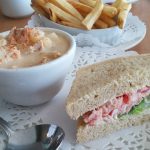 Just over the steep northern mountains that separate the valley from the sea, every small harbor has a fleet of colorful fishing boats. Scallops, lobsters, crabs, and haddock are all harvested in their season. Digby has the best known scallops while Hall’s Harbor is famous for its lobster pound. Restaurants from simple lobster roll and fried fish operations to sophisticated chef-driven establishments abound, each giving their own accent to the local fish and produce.
Just over the steep northern mountains that separate the valley from the sea, every small harbor has a fleet of colorful fishing boats. Scallops, lobsters, crabs, and haddock are all harvested in their season. Digby has the best known scallops while Hall’s Harbor is famous for its lobster pound. Restaurants from simple lobster roll and fried fish operations to sophisticated chef-driven establishments abound, each giving their own accent to the local fish and produce.
The English and French fought over the rich bounty and sheltered harbors of Nova Scotia from the earliest days of settlement. The seesawing cultures each left their mark on the food, architecture, and language of the province. A healthy dose of Scottish settlers added to the mix. Road signs are in two languages, always English paired with either French or Gaelic.
The Scots also brought fiddle music, especially to remote Cape Breton. It thrived as a community bond for the long cold winters and continues now as a tourist attraction. Ceilidhs (pronounced Kaylees) are gatherings for traditional music, dancing, conversation, and fun. Each small town has a community hall, many hosting Ceilidhs during the summer.
Bakeries are common across the province, but especially on Cape Breton. In addition to bread and rolls, there are lots of cookies and sweet pastries along with oatcakes from the Celtic tradition, scones from the English, and croissants from the French.
The cuisine is a mash-up of cultures, which changes as you travel around. You can see the French, English, and Scotch influences in the restaurants, bakeries, and markets. Unique specialties have risen out of the local bounty and cultural stew. Hodge Podge, for one, is a mix of summer vegetables and potatoes simmered with cream. Blueberry Grunt stews up the plentiful wild berries with a dumpling topping. Poutine, a mix of pork, gravy, and cheese over potatoes, originated here. Donair is a riff on a kabob sandwich with a sweet and sour sauce created in Halifax.
There’s a theory that food tastes better on vacation. In Nova Scotia, where the supplies are fresh, local, and cooked with care, it’s true!
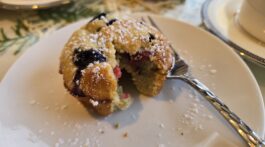







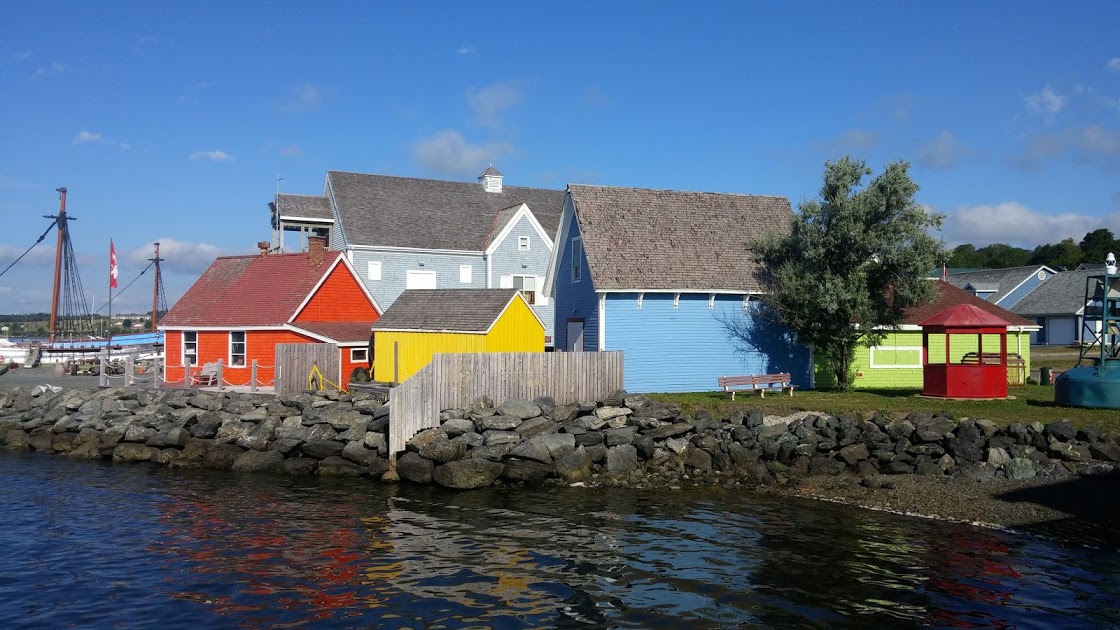
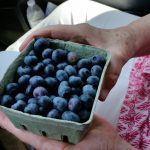
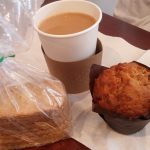
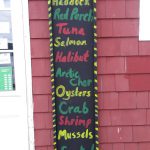


No Comment